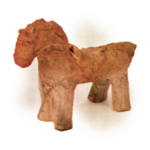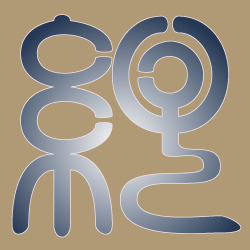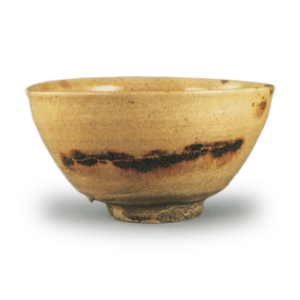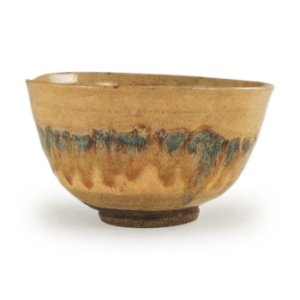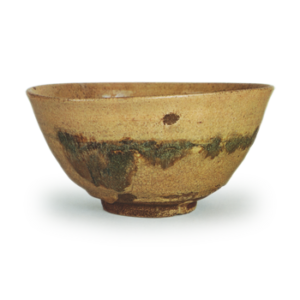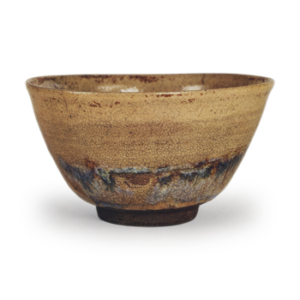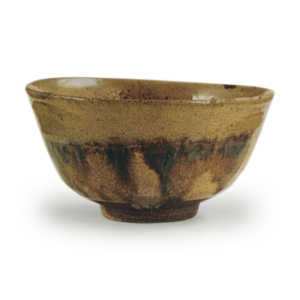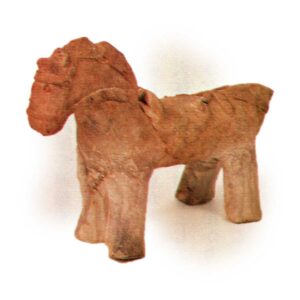
A clay product made by hand to resemble a small horse, 10 to 20 cm in length. They were used for rain-making and sun festivals during the Nara and Heian periods. There are two types of earthenware: reddish-brown earthenware and hard-fired Sue ware: which are sometimes called clay horses and ceramic horses, respectively. They are also collectively called clay horses.
Some ceramic horses have hollow bodies. The horse itself is expressed in a variety of ways, from realistic to almost dog-shaped, and there is also a wide range of detail, from decorated horses with saddles, armor, meshwork, reins, and reins, to naked horses with no harness or other clothing, using carved lines partially pasted on the horse’s body. Clay horses are generally simpler than ceramic horses.
Clay horses are widely distributed west of Fukushima Prefecture, but there are many excavated examples, especially in Nara Prefecture. Except in the case of pottery horses excavated from Sue ware kiln sites, which are the production sites of pottery horses, they are sometimes found in the clay of ancient tombs, at ritual sites, or on their own, but their state of excavation is often unclear. At the Heijo Palace site, more than 50 pieces have been found in the remains of wells and ditches. In addition, there are examples of horses from about the same period in Kumamoto and Miyazaki prefectures that were used as burial accessories in cremation graves in combination with small statues of human figures. (Seiichi Mizuno and Yukio Kobayashi (eds.), “Illustrated Archaeological Dictionary,” Iwao Oba, “Reexamination of Kamidai Horse-shaped Objects,” Kokugakuin Zasshi, 67-1)

